If you’re considering getting microsuction, then this may be a daunting concept. The prospect of having a vacuum entering your ear might seem unpleasant, but in fact, is a quick and painless event!
Microsuction can be extremely beneficial for those with a build-up of excess ear wax. It’s the safest way of removing wax, and reduces your chances of damaging your ear canal or ear drum should you try to remove it yourself (especially if you have been using cotton buds to clean your ears, which we really do not recommend).
What is microsuction
Microsuction is a non-invasive procedure which takes away excess wax from the ear canal. A suction device is carefully inserted into your ear which then gently removes the ear wax, ultimately helping improve your hearing quality.
Whilst performing the process, we’ll be able to see the inside of your ear canal via a microscope camera, to help us safely remove any wax which might be affecting your hearing capabilities.
In order for the process to be most effective, we suggest that you use ear drops a few days before your appointment. It’ll help soften up hard wax, making it a lot easier to remove and helps make your experience a lot more comfortable.
We find that after having microsuction, patients can begin enjoying life again, as their hearing has improved thanks to the reduction in earwax.
The steps involved in microsuction
Here at County Hearing, we do more than just microsuction.
Instead of just removing wax, we really care for your ear health by performing an all-round assessment of your hearing capabilities. We have found that this approach not only benefits the patient but makes finding any potential hearing issues far easier (including ones which might develop in the future).
Our ear health microsuction assessment is broken down into 5 steps:
1) Take our questionnaire
Before looking in your ears or starting up the microsuction machine, we’ll ask for more information on your current hearing health.
This improves our understanding of what your ears are like and makes identifying any potential problems that bit easier.
2) Next, we’ll take a look at your ears
After confirming your current ear health, we’ll use our latest microscopes to take an in-depth look into your ears.
Not only can we observe any earwax you might have, but also see if anything else could be affecting your hearing (like infections, for example).
3) Then, if necessary, safely remove any earwax with microsuction
If our hearing professional deems there to be excess wax in your ears, then microsuction will be used to take away this build-up safely and efficiently.
This might be all that is affecting your hearing, but we also carry out two further steps in our assessment which many other providers do not do in their microsuction procedures.
4) We’ll also test your eardrums
After microsuction, we’ll do a pressure check on your eardrum and the middle ear to ensure that sound is being absorbed properly.
5) Finally, a screening hearing test
We’ll then carry out tests on your hearing performance to see if you’re experiencing any signs of hearing loss overall.
We then compile our observations to help understand what might be affecting your hearing.
If needed, we can refer you to a medical professional for further assistance in getting your ear health right. If we feel you could benefit from hearing devices, we can provide and fit these to improve your hearing quality.
FAQs
When booking people in for microsuction, we often come across these questions from patients.
The purpose of microsuction is to unblock the ear, of course, but it should be known that this is not the only cause of hearing problems. The removal of wax does improve hearing quality often but isn’t a silver bullet to get your hearing health perfect again.
Problems such as tinnitus and permanent hearing loss may still persist after the procedure, which will likely be identified and spoken more about during your ear health assessment with us. From here, we can offer more advice and support on how to deal with any other hearing issues.
It has been recognised that microsuction can occasionally make people feel a bit unwell. This is due to the fact that the process lowers the temperature of your ear canal.
This unnatural cooling of the inner ear can induce vertigo or even faintness, but in the unlikely event you experience this it shouldn’t impact you for too long.
It really does depend on how often you feel your ears could do with suctioning.
We see some patients come in regularly, and others only when they notice a problem in their hearing (which could be years apart). Regardless, after your first treatment, we will send you a yearly reminder which makes it easier for you to follow up on if you would like another procedure.
Microsuction doesn’t cause pain, but it can make the patient feel a bit uncomfortable if the wax is hard.
In order to avoid this, we recommend that you use ear drops before your consultation to help make the earwax that bit softer when suctioning.
Most people will be absolutely fine with microsuction, but there are groups who we would not recommend it to.
Under 16s
We recommend children under this age avoid this procedure, but if a child has an extreme case, then we can refer them to an ear, nose, and throat (ENT) consultant to get the issue sorted.
Post-operative ears
If you have had surgery on your outer or middle ear we would always recommend seeing an ENT consultant for microsuction in case there are complications that need medical advice prior to the procedure.
Overall, the way in which microsuction works is rather simplistic. There really isn’t anything to fear, but if you do still have anxieties about the procedure, you can always call our helpful colleagues who can ease your doubts.
If you’d like to book your ear health assessment today you can simply click here, or if you need more information then feel free to visit our dedicated page.
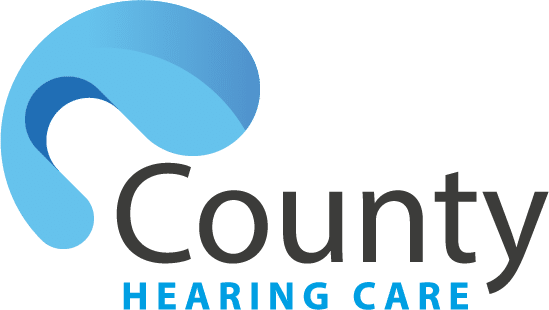
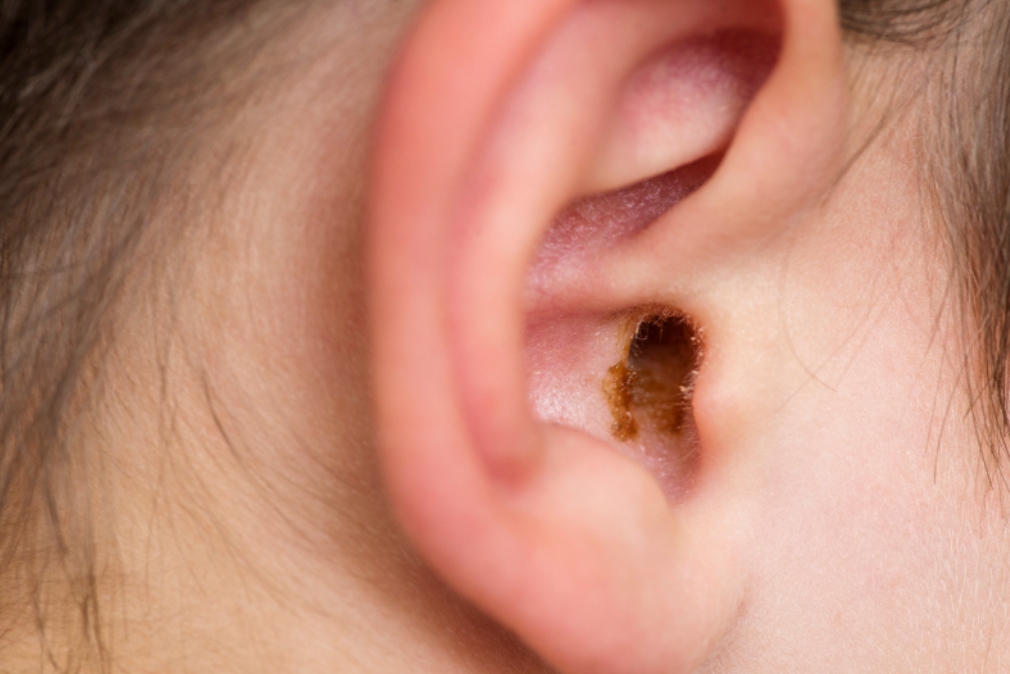
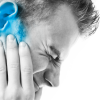




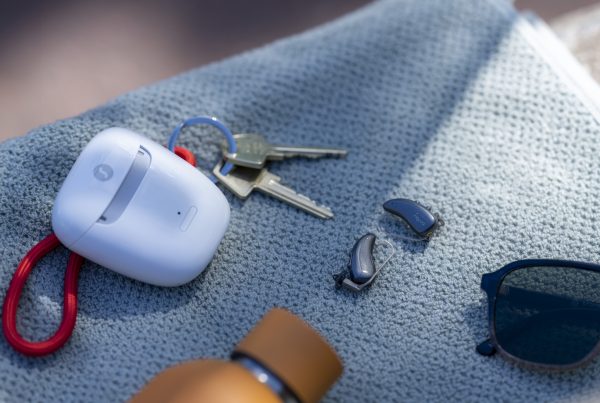
Recent Comments